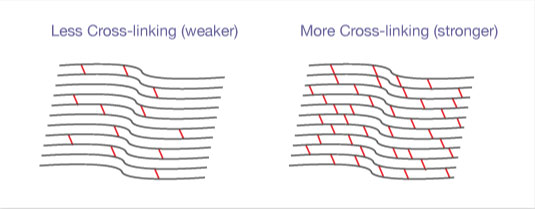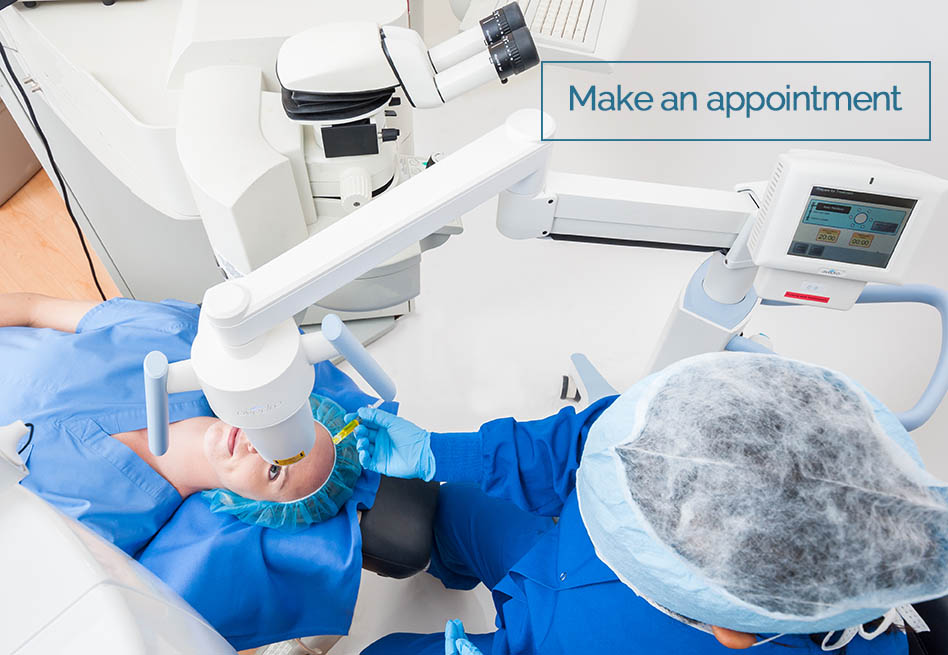Corneal Cross-Linking
What is corneal cross-linking and how does it work?
Corneal cross-linking is for patients who have been told that their corneas are becoming weak and thin from conditions like keratoconus or post-LASIK ectasia. The cornea is the clear “watch-glass cover” of the eye in front of the iris and the pupil. Cross-linking forms additional bonds between collagen fibers in the cornea to strengthen it and prevent progression into a more cone-like shape. The Avedro KXL system is the only FDA approved cross-linking procedure available to slow or stop progression of keratoconus and post-LASIK ectasia.

What is involved in the procedure?
The procedure takes one hour and is performed in the office. First, the epithelial cells on the surface of the cornea are gently removed. Then, a yellow solution called riboflavin or vitamin B2 are dropped on the surface of the eye to sensitize the cornea to ultraviolet (UV) energy. Last, the eye is exposed for thirty minutes to a low intensity, carefully focused UV light.
Is cross-linking painful? Will my vision be blurry during the healing process?
The procedure itself is not painful. While the epithelium is healing (usually several days up to a week, sometimes longer), there can be some moderate discomfort. A soft contact lens is placed on the eye at the end of the procedure to help the eye feel more comfortable while it heals. Vision will be blurrier than usual during the healing period and can take several months to stabilize completely. Remember, cross-linking can help you avoid the need for a corneal transplant, which is a more invasive, riskier procedure with a longer rehabilitation period.
Can my vision be corrected by cross-linking? Is corneal cross linking covered by insurance?
The cross-linking procedure itself is not specifically intended to improve your vision, but rather, to stabilize it and keep it from getting worse. Cross linking is covered by many insurance plans. If it is not covered, payment plans and financing are available to fit your budget.

